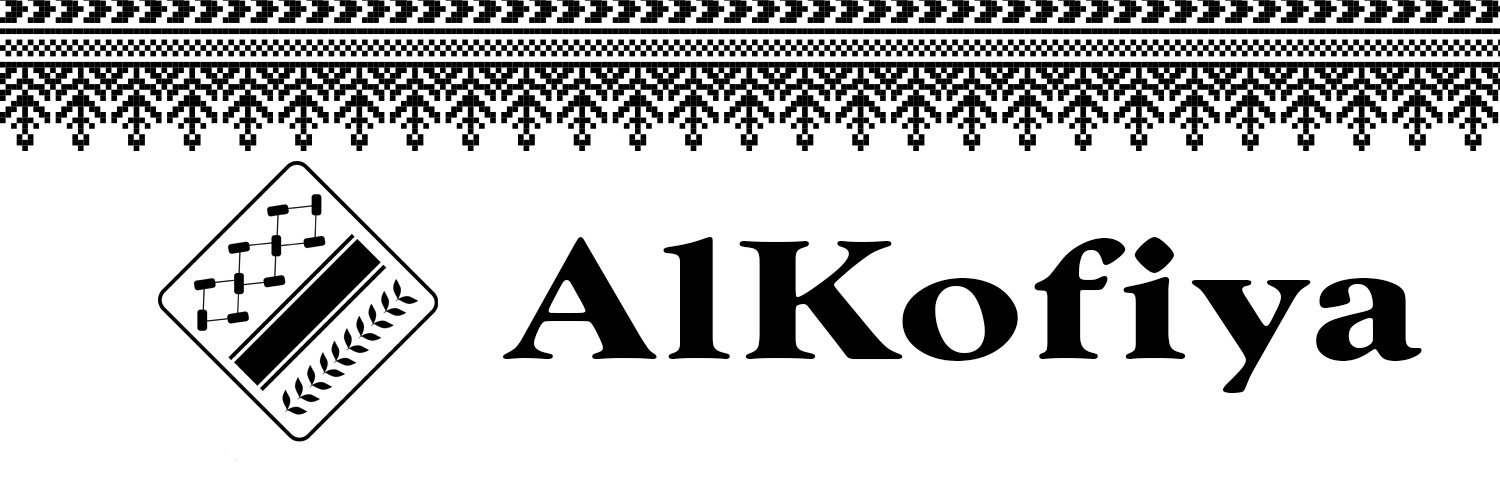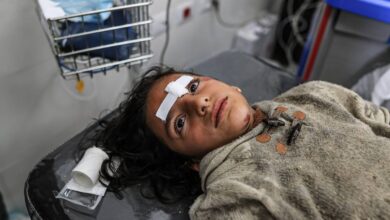
About 14.5 million Palestinians in the world in mid-2023, of whom about 5.48 million in the State of Palestine; 2.78 million males and 2.70 million females. The estimated population of the West Bank was 3.25 million (1.65 million males and 1.60 million females). While the estimated population of the Gaza Strip was 2.23 million in the same year (1.13 million males and 1.10 million females), according to the Palestinian Central Bureau of Statistics (PCBS) presenting the conditions of the Palestinian population on the occasion of World Population Day.
The percentage of individuals aged (0-14) years constituted 37% of the total population in mid-2023; of whom 35% in the West Bank and 40% in Gaza Strip. The percentage of the elderly population aged (65 years and above) reached 4% of the total population; of whom 4% in the West Bank and 3% in Gaza Strip, in mid-2023.
An estimated 12% of the Palestinian households were headed by females in Palestine (12% in the West Bank and 11% in Gaza Strip).
The estimates indicated a decline in the average household size in Palestine compared to 2007. Thus, the average size of the household declined to 5.0 individuals in 2022 compared to 5.8 individuals in 2007. On the other hand, the average household size in the West Bank declined to 4.7 individuals in 2022 compared to 5.5 individuals in 2007. In Gaza Strip, the average household size declined to 5.5 individuals in 2022 compared to 6.5 in 2007.
The illiteracy rate among individuals (15 years and above) was 2.2%. The illiteracy gap is significantly noticed among males and females with percentages of 1.1% and 3.3%, respectively.
Data for the scholastic year 2021/2022 showed that the participation rate in formal education (one year before enrolling in the official elementary stage) in Palestine is approximately 73% (68% among males, and 78% among females). While the data for 2022 showed that the completion percentages of different educational levels (lower and upper secondary education) were higher among females reaching 97% and 78%, respectively, while the percentages among males were 90% and 53% respectively.
As for the percentage of female students enrolled in Palestinian higher education institutions, it reached 62% out of the total number of students enrolled in higher education institutions in 2021-2022, of whom about 10% are enrolled in the ICT major.
Women’s participation rate in the labor force increased in 2022 compared to 2021, where it reached about 19% out of the total number of women at work age in 2022. Notably, this percentage was 17% in 2021, knowing that the rate of men’s participation in the labor force reached 71% in 2022, compared to 69% in 2021.
On the other hand, the unemployment rate among women participating in the labor force was about 40% compared to 20% among men in 2022. The unemployment rate among the youth (19–29 years) graduates of those who hold an intermediate diploma and higher reached 48% (61% among females compared with 34% among males).
About 40% of wage employees in the private sector earn a monthly wage less than the minimum average wage (1,880 NIS), as the percentage was 38% among men, compared to 50% among women. Moreover, 40% of female employees hired in the private sector work without an employment contract, and 44% of them receive a contribution in financing retirement/end of the service package. On the other hand, 46% of female employees in the private sector received paid maternity leave in 2022.
According to the data of the General Personnel Council up to February 2023, the percentage of women’s participation in the public sector reached about 48% of the total employees in the public sector. The gap is significant in the percentage of those who hold the rank of director general and higher, where this percentage reached 14% among women compared to 86% among men.
The percentage of women elected and appointed in the 2021-2022 local elections was 21% compared to 79% among men. Also, the participation of women in decision-making positions is still limited compared to men’s participation, as data for 2021 showed that women constitute about 23% of the members of the Central Council, 19% of the members of the Palestinian National Council, and 12% of members of the Council of Ministers. Moreover, only one woman holds the position of governor out of 15 governors, and 1% of the heads of local councils in Palestine are women. As for the doard of directors of the Chambers of Commerce, Industry and Agriculture, the percentage of men reached 99% compared to only 1% of women, and about 19% of judges are women, and the percentage of female prosecutors is 18%.
In the year 2022, about 92% of households in Palestine stated that they have access to internet service at home or at one of their household members in Palestine for the year 2022, (93% in the West Bank and 92% in Gaza Strip). Meanwhile, the percentage of individuals (10 years and above) who used the internet from anywhere reached 89% in Palestine (92% in the West Bank and 83% in Gaza Strip). 89% among males and 88% among females.
The data also showed that the percentage of individuals (10 years and above) who own a cellular phone is 79% (86% in the West Bank and 69% in Gaza Strip). There is a gap in cellular phone ownership between males and females, where the percentage reached 83% among males and 76% among females for the year 2022.
The percentage of individuals (10 years and above) who own a smartphone is 73% (83% in the West Bank and 58% in Gaza Strip). 74% among males and 72% among females for the year 2022.
Within this context, the data of the Report of the Digital Reality in Palestine by “ipoke” for 2022 indicated that the prevalence rate of social media in Palestine was about 66%, whereas the percentage of using social media by sex was 51% among males and 49% among females.
About 10% of currently or ever-married women (15-64 years) in Palestine were exposed to some form of cyber violence through social media networks. Also, 8% of women were exposed to violence through telecommunication (any threatening, blackmailing, or harassment by different people or parties through calls or messages).





